Optimal Timing for Fire Restoration
Understanding the optimal timing for fire restorations is essential to minimize damage and ensure effective recovery. Proper timing can influence the extent of restoration needed and the success of cleanup efforts.
Restoring quickly after a fire prevents further damage from smoke, water, and mold. Immediate action can reduce long-term restoration costs.
Fire restorations are often more manageable during mild weather months, avoiding extreme heat or cold that can complicate cleanup processes.
Dry, calm weather conditions are ideal for fire restorations, as they reduce risks associated with moisture and wind during cleanup.
Conducting assessments promptly after a fire ensures accurate damage evaluation, aiding in effective planning and resource allocation.

A detailed evaluation of fire damage is crucial for planning restoration efforts.
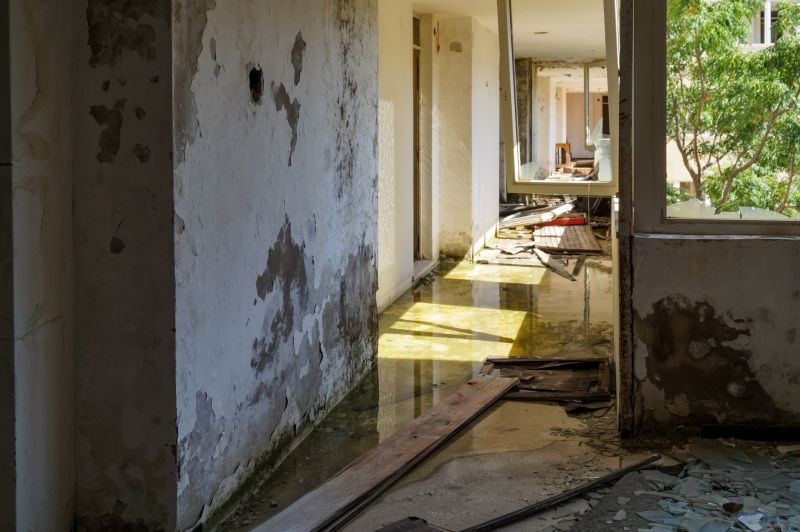
Addressing water damage promptly is essential to prevent mold growth.
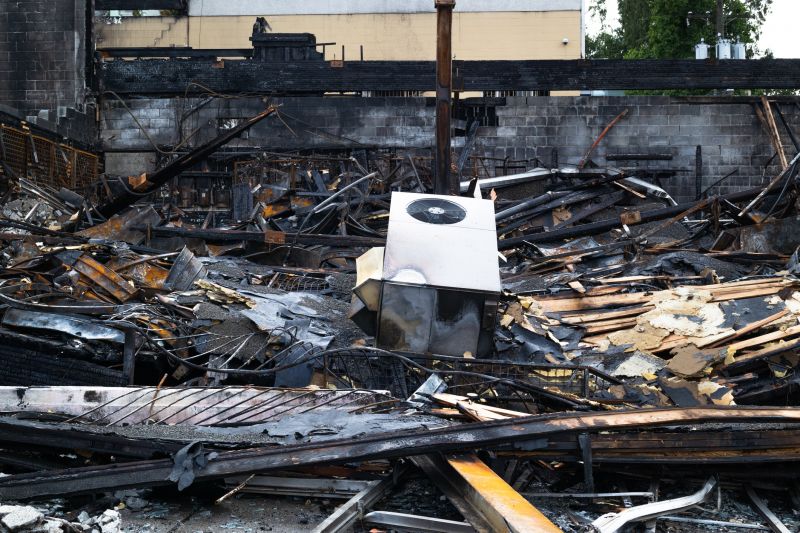
Effective smoke mitigation techniques are vital during early restoration phases.

Securing damaged structures early helps prevent further deterioration.
| Best Time for Fire Restorations | Key Considerations |
|---|---|
| Immediately after a fire | Rapid response minimizes secondary damage. |
| During mild weather months | Avoids complications from extreme temperatures. |
| Post-assessment phase | Ensures accurate damage evaluation. |
| Off-peak seasons | Allows for thorough restoration without weather delays. |
| When smoke and water damage are evident | Early intervention prevents long-term issues. |
| Following safety clearance | Ensures safe working conditions. |
| Before mold develops | Timely restoration prevents mold growth. |
| When structural integrity is compromised | Early stabilization reduces risks. |
Fire restorations encompass a range of services aimed at returning properties to a safe and functional state after fire damage. These include smoke and soot removal, water damage mitigation, structural repairs, and odor elimination. The process requires careful planning and timely intervention to prevent secondary issues such as mold growth and structural deterioration. Statistics indicate that quick response times can significantly reduce restoration costs and minimize property loss, emphasizing the importance of acting promptly after a fire incident.

Specialized cleaning techniques restore surfaces affected by smoke and soot.

Restoring the integrity of the building is a key step in fire recovery.

Advanced equipment eliminates persistent fire odors.

Ways to make Fire Restorations work in tight or awkward layouts.
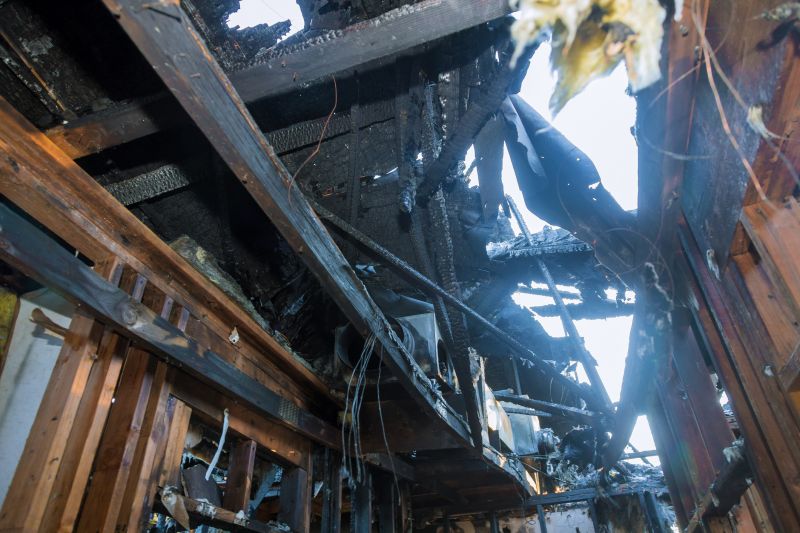
Popular materials for Fire Restorations and why they hold up over time.
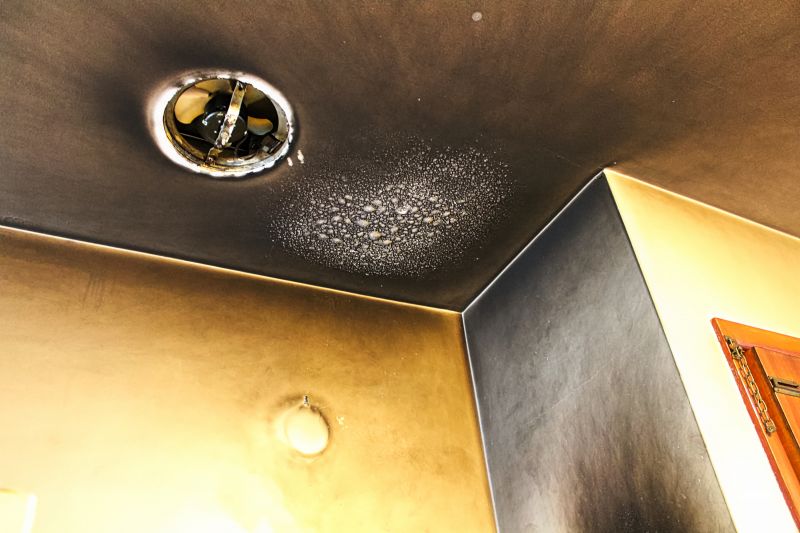
Simple add-ons that improve Fire Restorations without blowing the budget.
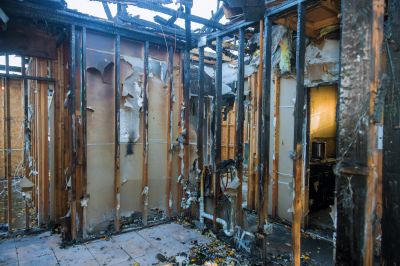
High-end options that actually feel worth it for Fire Restorations.
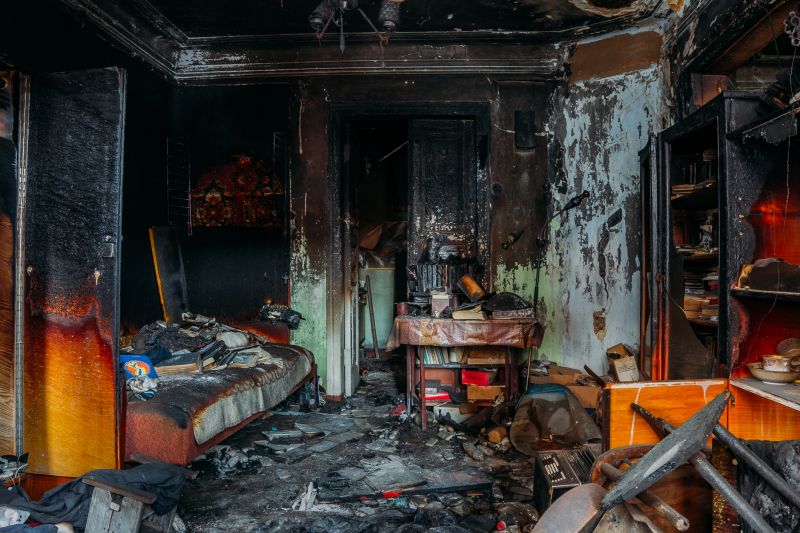
Finishes and colors that play nicely with Fire Restorations.

Little measurements that prevent headaches on Fire Restorations day.
Effective fire restorations depend on a combination of rapid response, appropriate timing, and comprehensive cleanup procedures. Engaging experienced professionals ensures that all aspects of fire damage are addressed efficiently. Proper timing not only helps in reducing costs but also in preventing secondary damages that can complicate the recovery process.
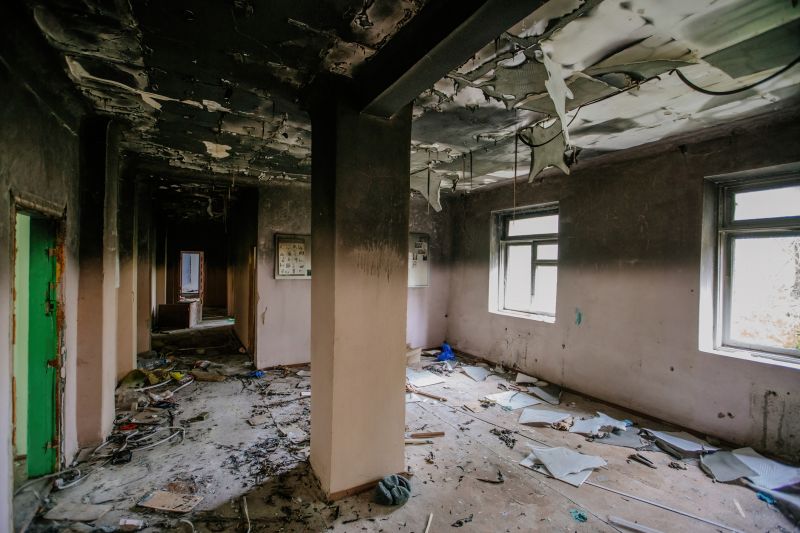
Initial evaluation guides effective restoration planning.

Mitigating water damage is crucial for comprehensive restoration.
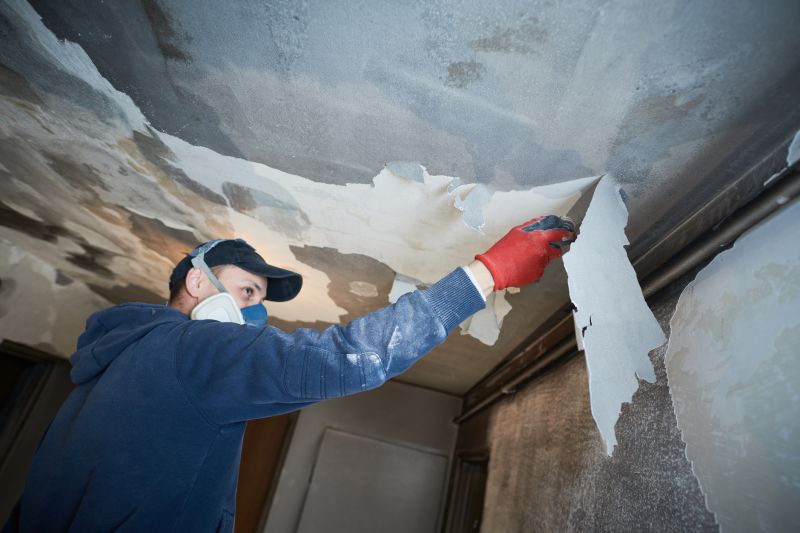
Specialized techniques restore air quality and surfaces.

Small tweaks to make Fire Restorations safer and easier to use.
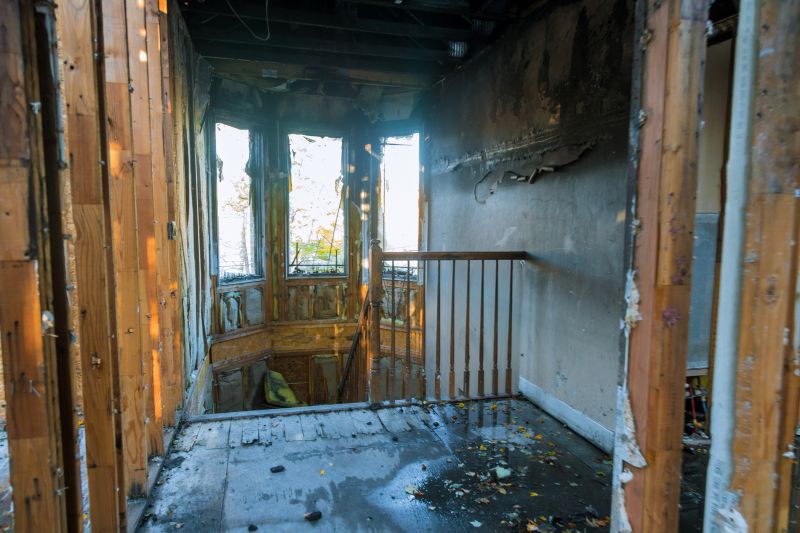
Lower-waste or water-saving choices for Fire Restorations.
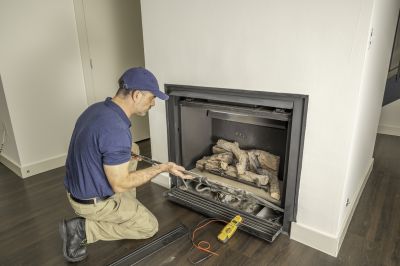
The short, realistic tool list for quality Fire Restorations.

Rough timing from prep to clean-up for Fire Restorations.
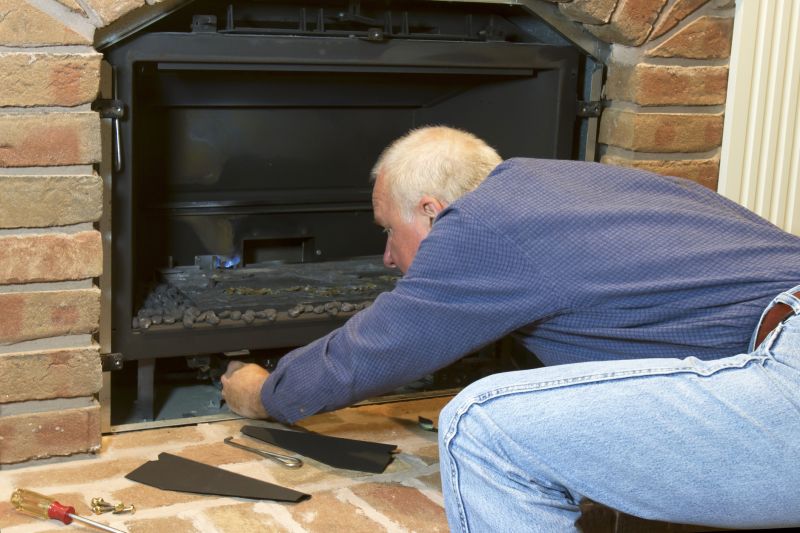
Quick checks and paperwork to keep after Fire Restorations.
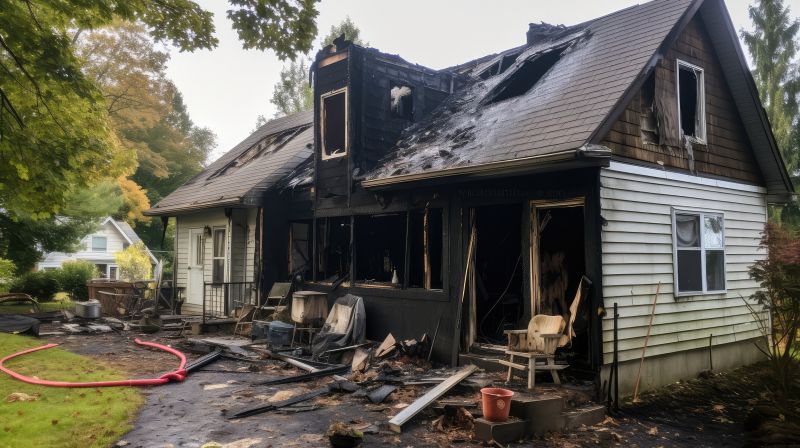
Examples that show the impact a good Fire Restorations can make.
Interested parties are encouraged to contact for more information about fire restoration services. Prompt engagement can help restore properties efficiently and effectively, reducing long-term damage and costs.


